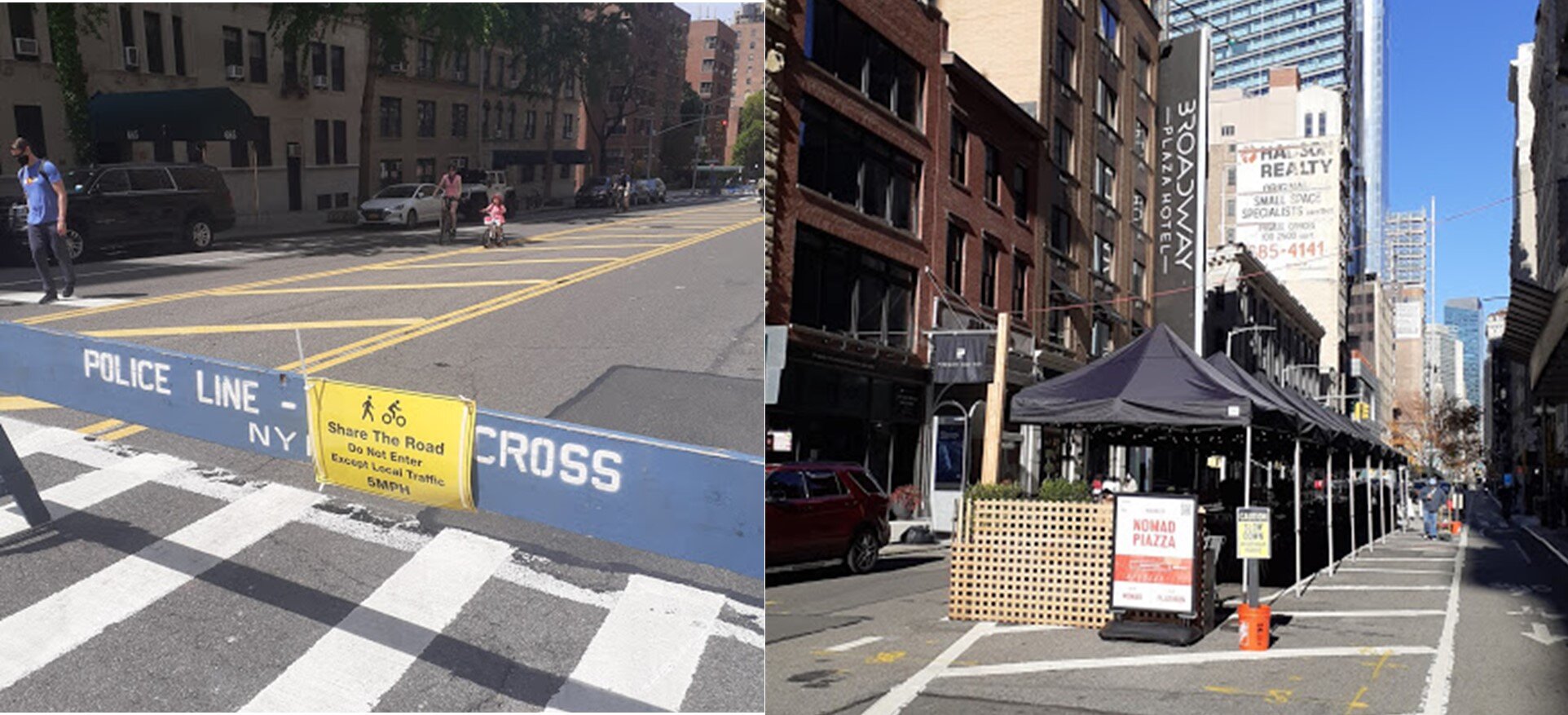I was thrilled last month when I learnt that the school library has reopened. On a Monday morning in August I went to the library to pick up the books I reserved; the librarian informed me that the library has reopened. I remember asking her, with my eyes wide open, “Does that mean I can come at anytime and check all the books I want from the shelf?” She gave me a big smile and said yes. She also said that it has been too long, “18 months,” she said.
The pandemic has brought changes to many things and in various aspects. One thing I missed a lot was the library visit. Contactless pick-up allowed us to have access to books but the whole library experience was no longer the same. I missed the access to the library environment. It was then I realised how the physicality of libraries mattered so much to me. I want access to books but I also long for access to libraries. I miss walking back and forth the library aisles, looking for books on the shelf, and occasionally, peeking at the books others picked up. Many of my library visits ended with more books than planned—though I always brought a ‘books to check out’ list the actual library visit often changed the game. In the act of looking for the books I had in mind, I also got attracted by books that were on the same (or near-by) shelf. I also enjoyed finding the library carts, scanning through books that had been checked out, returned, but hadn’t made their way back to the shelf. In searching for books I found more books and more nice surprises. This library experience is very different from contactless pick-up in which you only got what you asked for.
During this period of library closure, the little libraries in the public serve to alleviate my longing for the library experience. One can find this book-sharing box at various parts in the city. The take a book, leave a book movement has grown in popularity over the past years. Advocates believe that little free libraries improve access to books, help tackle low literacy rates and encourage community building and creativity.
Despite some critics facing these little free libraries (the main critique was on the issue of branding and trademarking the word ‘library’) , I enjoy spotting these pocket libraries in cities. I feel excitement at the first sight of the book-sharing box—look, there is a little library that I can visit—then I feel excitement by the fact that I am allowed to pick and hold a book and turn its pages. Pocket libraries are hidden treasures in the city; you don’t know when and where you’d spot them and you won’t know what books await until you visit the little library.
Figure 1. The free little library located outside Limestone Organic Creamery. Scones and books are the perfect pair for teatime. Image source: Judy Chen. Kingston, 2021.
Figure 2. An old backyard BBQ turned book-sharing box. I found this little library on a residential driveway while on my bike. Image source: Judy Chen. Pointe-Claire, 2021.
Figure 3. The Free Books shelf located outside Phoenix Books on Sherbrooke. The time when I went for photos they only had one book left on the shelf. Image source: Judy Chen. Montréal, 2021.







